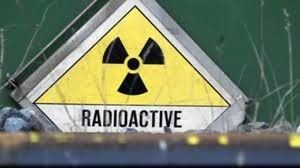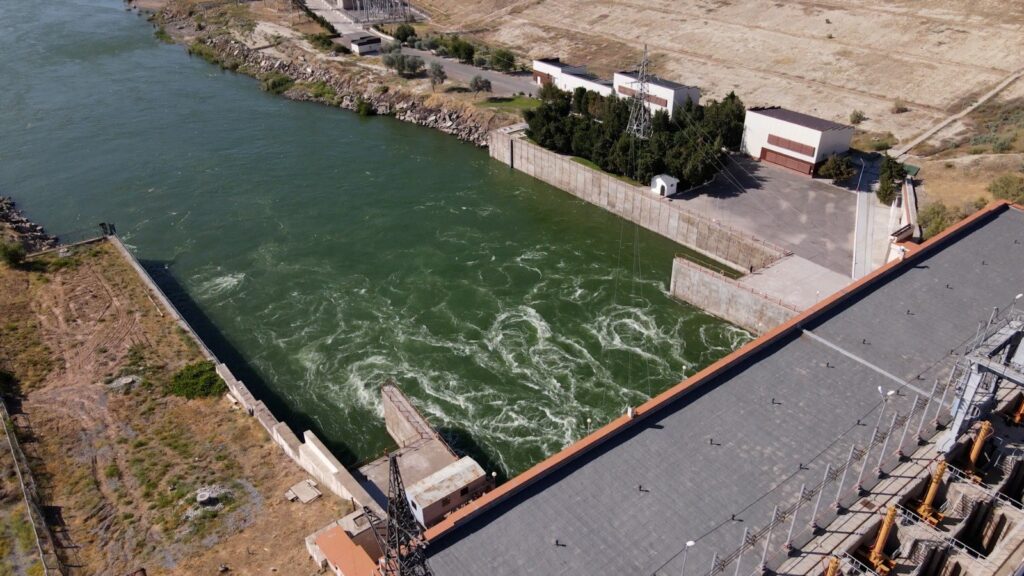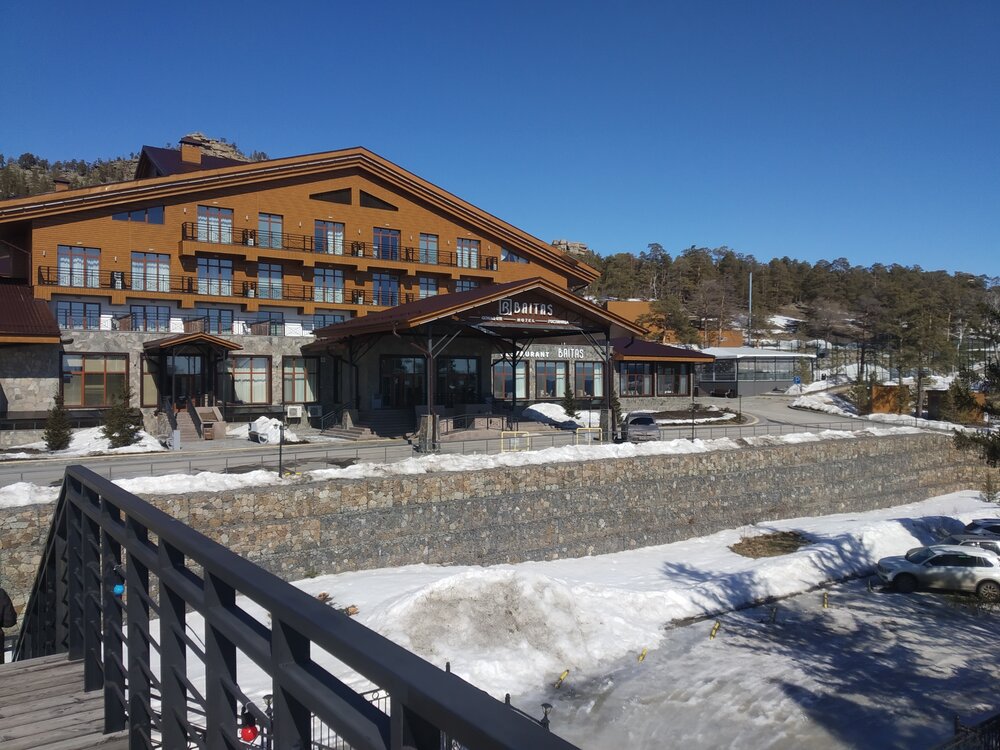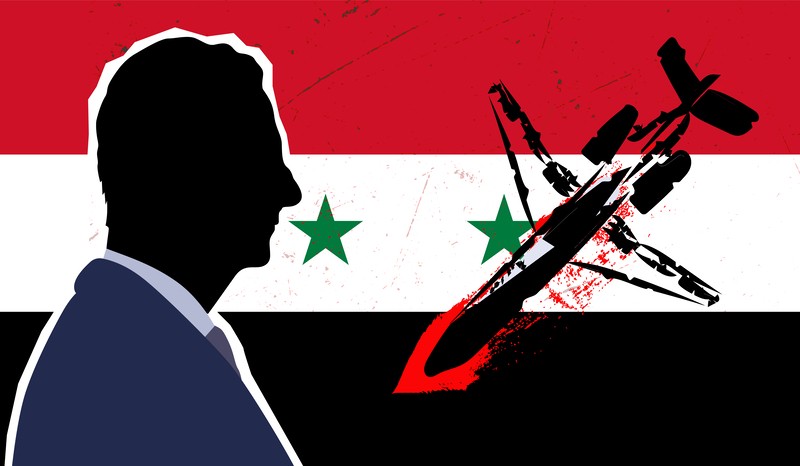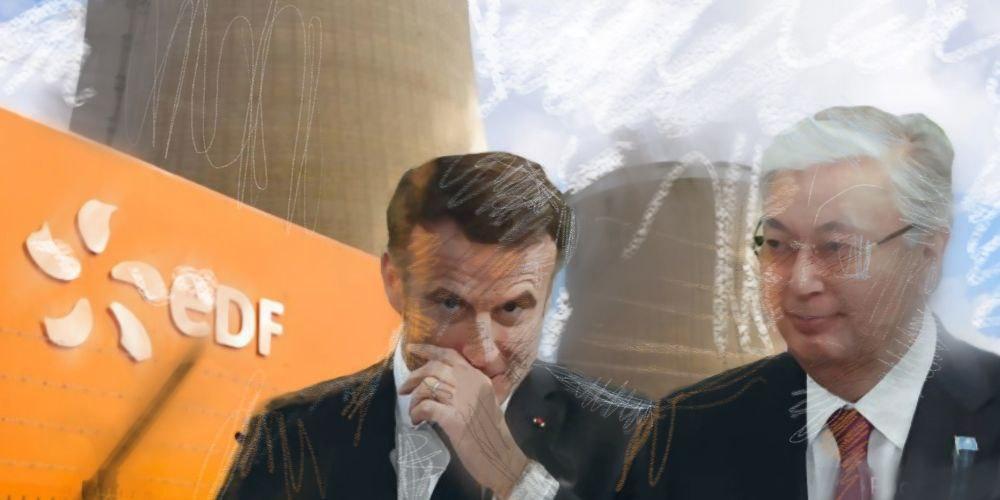LONDON (TCA) — It is hardly a secret any longer: both Saudi Arabia and Turkey are becoming atomic powers and their plans stretch further than just Kurds and Syria. The consequences for Central Asia’s post-Soviet republics can become extremely grave sooner than it looks – not in the least because numerous cases of “disappeared” radioactive waste point in the direction of the “enemy within” – meaning Daesh, Al-Qaeda and similar groups. Put together, the facts as far as known show that the world is now closer to a nuclear military adventure, and Central Asia is not outside the danger zone.
If there is one country in the world that must be traumatized by the nuclear arms race that marked most of the Cold War it is Kazakhstan, the northeast of which has been the scene of devastating atomic experiments for decades. The results in the form of abnormally high levels of cancer, miscarriages and other results of radioactive contamination are still visible and will remain so for generations to come. Keeping this in mind, Kazakhstan was the first after the break-up of the USSR to abandon all nuclear weapons and ammunition and its head of state Nursultan Nazarbayev has advocated non-proliferation ever since.
But of late, he has signaled a rupture in the trend he has tried to stimulate. “Kazakhstan’s President Nursultan Nazarbayev believes that the inertia of bloc mentality, lack of trust and openness between countries could undermine the whole process of nuclear non-proliferation,” Interfax wrote in a report posted in May 2014. “This could seriously undermine the entire process of nuclear non-proliferation, undo all the progress achieved over the past decade including in the framework of global summits on nuclear security,” the Kazakh President was quoted by the agency as telling a summit in Shanghai.
‘A hunk of depleted uranium’
The facts as noted in news media of varying tendency speak for themselves. Kazakhstan already borders two nuclear military powers, namely Russia and China, with two more, namely India and Pakistan, at short distance. According to a growing number of observers both in the former USSR and the west, three more could soon be added to that list: Iran, Turkey and Saudi Arabia. And as though that is not enough, growing quantities of nuclear waste which could be processed into nuclear explosives keep “disappearing” from a bit all over the former Soviet Union – to end up, as many fear, in the hands of the likes of Daesh and Al-Qaeda.
Numerous incidents strongly suggest that such fears could be all too real. “Recently, three Chinese tourists from Xinjiang bought a 600-lb piece of ‘glittering treasure’ at a flea market in Kyrgyzstan. Upon sending a piece of it to a lab at Tsinghua University in Beijing, they discovered it was an enormous hunk of depleted uranium,” Registan reported in early August 2009. “Last year a train bound for Iran from Kyrgyzstan was stopped at the border with Uzbekistan when sensors at the border crossing detected high amounts of radiation emanating from an empty car. While the train was isolated and eventually returned to Kyrgyzstan for decontamination, the question remains: how did so much Cesium-137 go undetected in Kyrgyzstan, through two supposedly secure border checkpoints in Kazakhstan, only being stopped in Uzbekistan?”
Turkey and Saudi Arabia
It should be recognised that apart from the “dirty bomb threat”, the two new players in the game surrounding Syria and Iraq have at least two things in common: both Turkey and Saudi Arabia have strong fundamentalist tendencies, and both of them are supplying themselves with equipment to carry out nuclear attacks. According to an article in the Daily Telegraph which can hardly be suspected of “anti-western” tendencies, Saudi Arabia is working on a “thoroughly planned and fully conceptualised nuclear defence doctrine”. “When the late King Abdullah decided to pursue a comprehensive national civil nuclear program, he established the King Abdullah Atomic Energy City (KACARE) that centralised all nuclear related research in Saudi Arabia,” in the article’s words. “Saudi nuclear scientists have already carried out the strategic planning on a nuclear program, and plans are in place to spend around $80 billion over the next twenty years to build about sixteen nuclear power reactors.” But that is not all. The Saudis are also looking for military hardware, e.g. “a Pakistan-made Ghauri missile, which has a range of 1,500 kilometers (940 miles) and can carry 700 kilograms (1,540 pounds) of nuclear warheads,” the newspaper notes.
‘An undeclared war-like situation’
According to a US periodical called National Interest, also of “conservative” tendency, Turkey finds itself on the same path as Saudi Arabia: “The Western intelligence community now largely agrees that Turkey is working both on nuclear weapon systems and on their means of delivery. Iran is the model to emulate. Consequently, Turkey has started a large-scale civilian nuclear program, justified by the country’s urgent energy needs.” But the reality, according to the publication, is much more scary: “Turkey is bent on producing plutonium for making weapons,” the article concludes.
As though that would not be enough, the situation on the ground suggests that the threshold to use nuclear weapons is rather low. “Turkey is in an undeclared war-like situation, which could turn into a full-blown war,” Russia’s semi-official newsreel Sputnik paraphrased a recent publication by Turkish journalist and political scientist Nuray Mert in the English-language daily Hürriyet Daily News. “The hawks backing the Turkish government have already started to celebrate ‘the new war of independence’ in the name of ‘revenge for the suppression of Turks as leaders of Muslims’ and the end of the ‘cursed 20th century’ to go ‘back to future glorious times’, she asserted. This trend first manifested itself in Ankara’s approach to dealing with the Syrian conflict, the analyst argues. Turkey has backed radical groups, who are fighting to overthrow Bashar al-Assad.” Whether the scheme will work out remains to be seen – but one thing is sure: the world is in for a new arms race, and it takes place almost next door to Central Asia.
